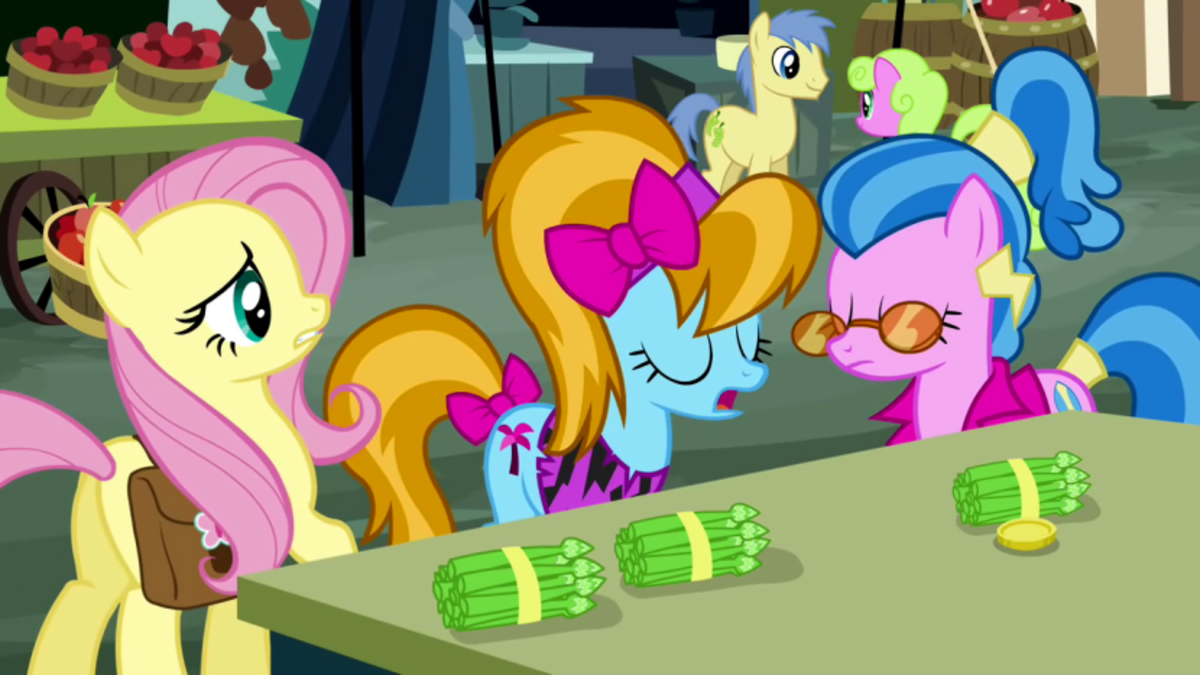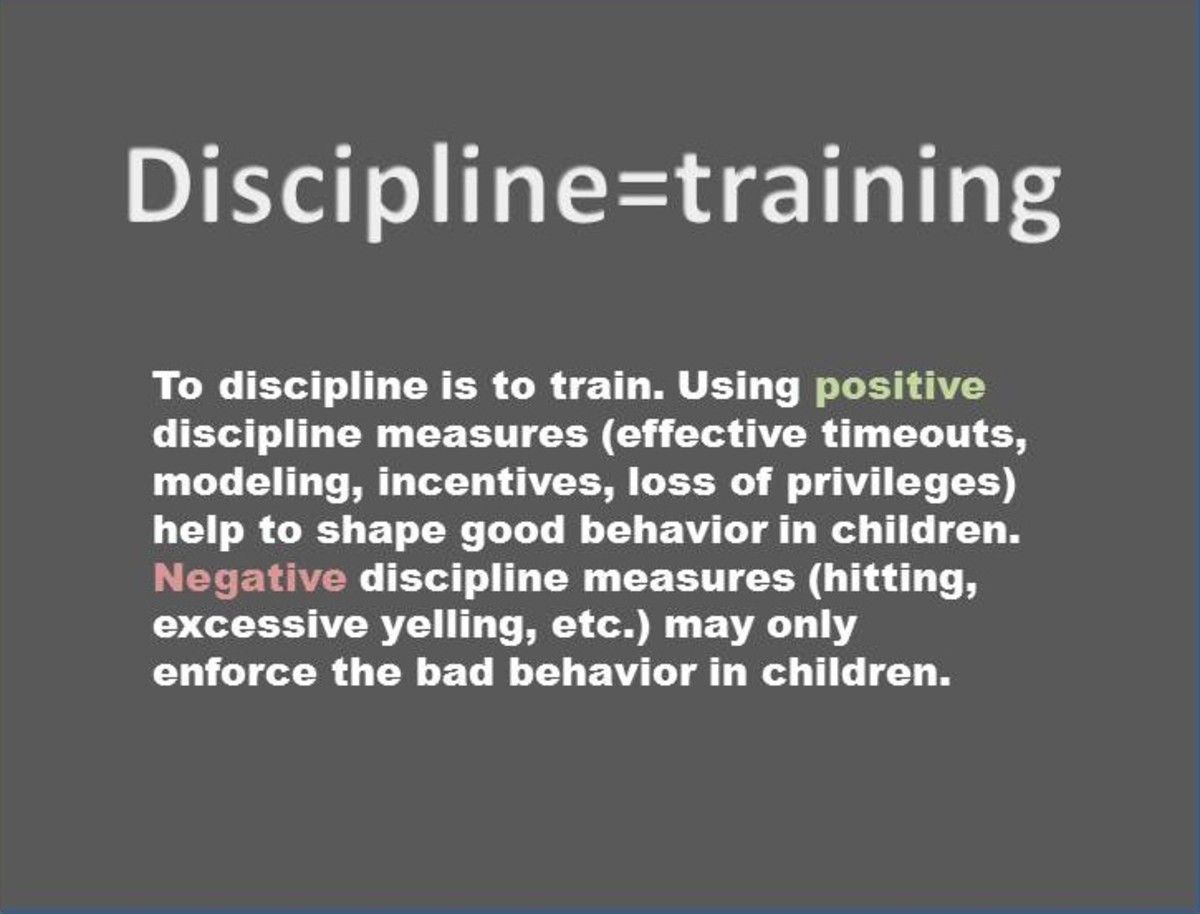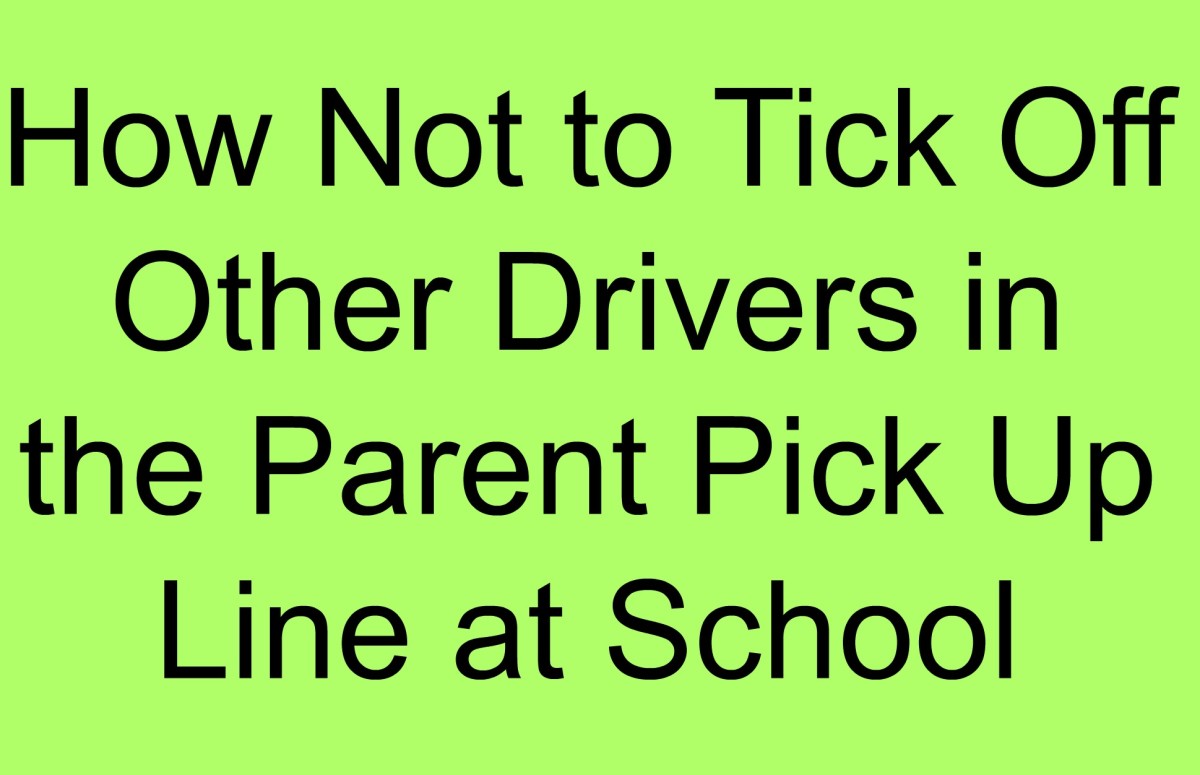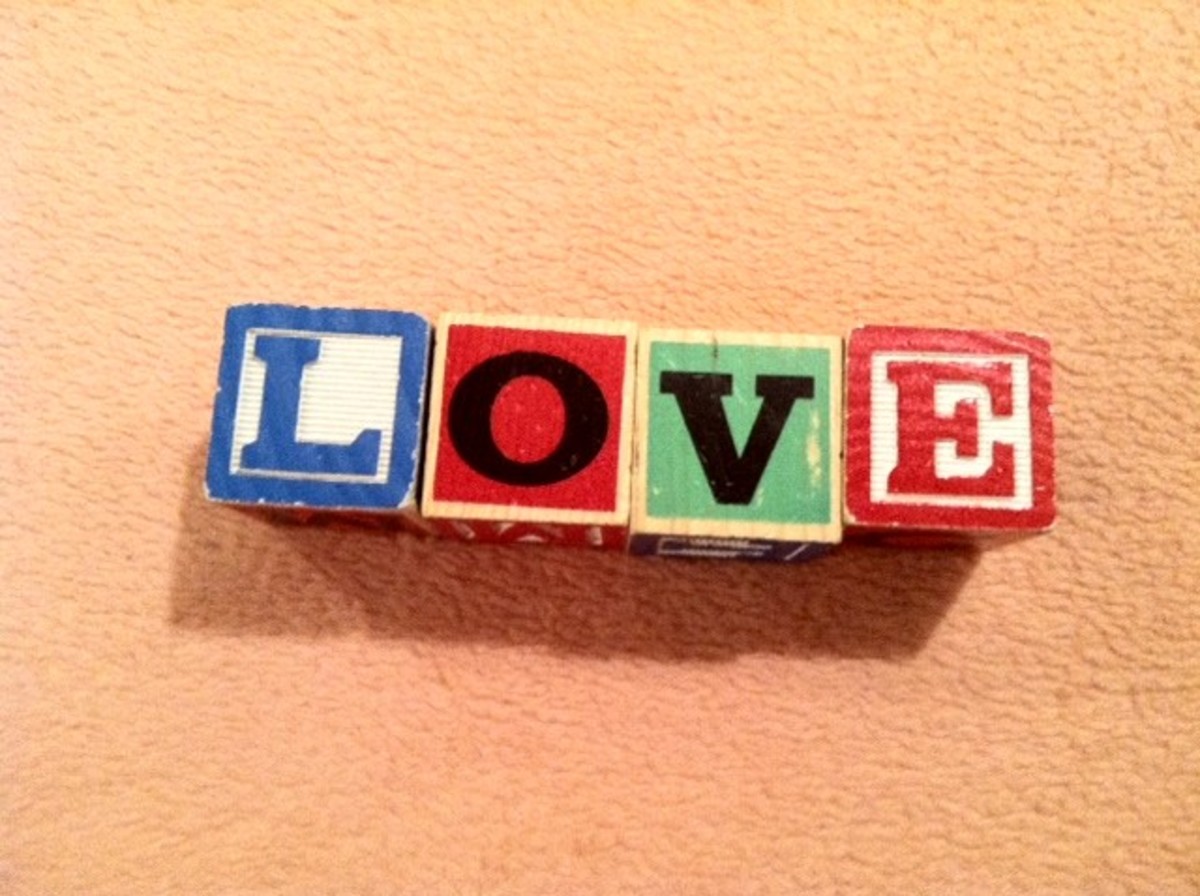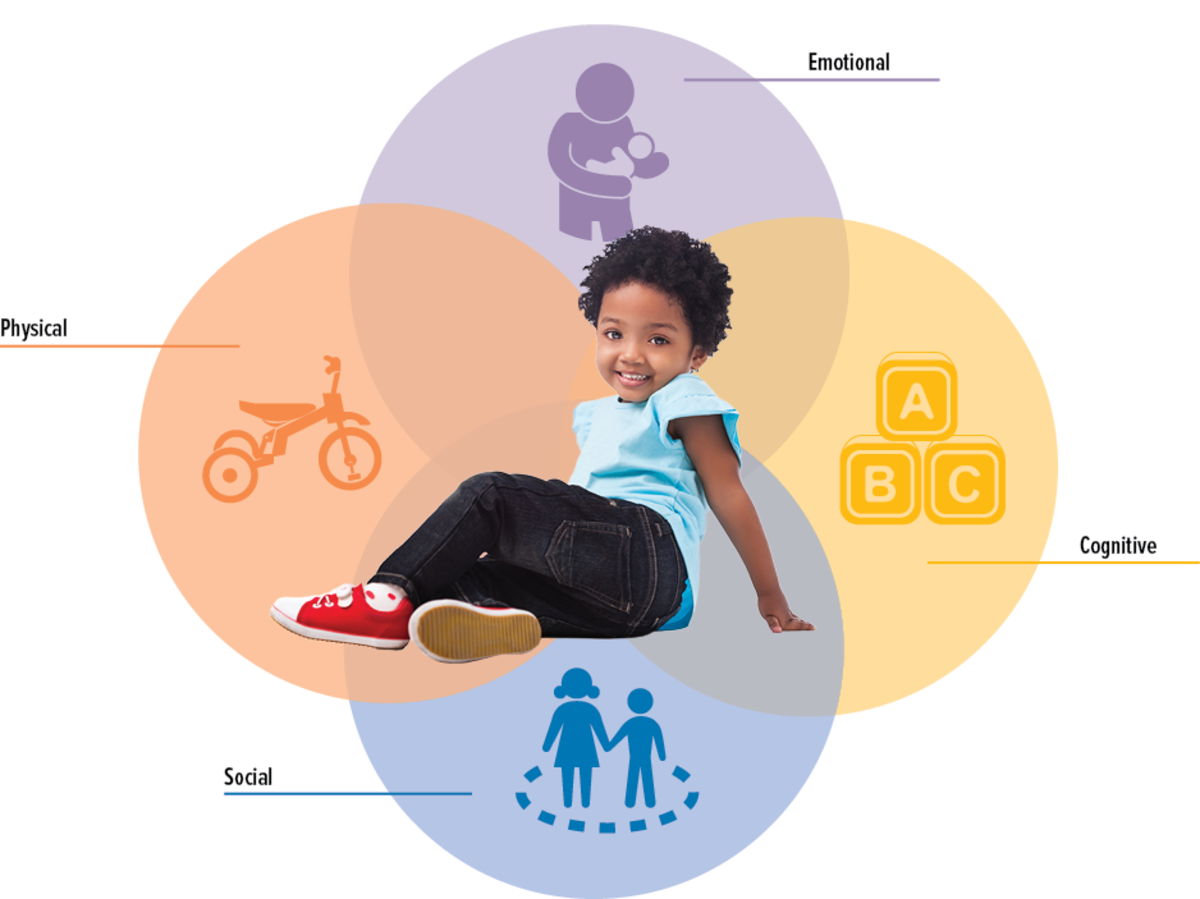Should I Spank My Child for Hitting?
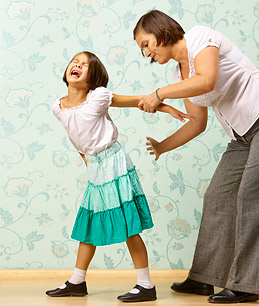
Am I a bad parent?
If you are doing something that you question or feel guilty about afterward, odds are you shouldn't be doing it in the first place. I'm not saying it is "bad" or "wrong" for you to question yourself over certain areas of your parenting style. All I'm pointing out is that if you give yourself a creepy feeling by some of the stuff you say or do to your child, that's a red flag.
As long as you love your child and do the best you can with what you have, it's pretty hard to call that bad parenting.
Even if I spank him, he still hits others:
As a parent, you play a vital part in your child's growth, development, and understanding of the world. When you tell him not to hit others by hitting him, you reinforce that hitting is acceptable in specific cases.
The lesson you are really teaching when you spank for hitting is this:
I'm angry with you because you did not listen to me. You did not do what I asked you to do. You did not do what I wanted you to do. Therefore, it is acceptable for me to hit you in order to make you understand that it is not acceptable for you to go against what I say.
Enter into a child's mind. He isn't getting his way. He wants something he has been told he cannot do or cannot have. The logical course of action is to hit. Mom (or dad) does it, so it is acceptable in this situation because: I am not getting my way. They are not listening to me. They are not giving me what I want. They are not doing what I want. If I hit them, they will see that it is unacceptable and then I will get/have what I want.
We start to see here that by hitting him for hitting others only causes the behavior to continue.
What else can I do?
As with anything you teach your child ~ If you want him to do it, he must see that you do it first. Children retain your actions more than your words.
If hitting is bad/wrong, then as the parent you need to model this by not hitting or spanking.
What do you want your child to do instead?
- Use his words
- Walk away from a heated situation
- Ask an adult for help
The first step in finding the solution is to stop focusing on what you don't want your child to do and start looking at what you do want him to do instead.
Here is a list of steps to take. We will go over each in detail.
- Remove your child from the situation and/or environment
- Remain calm (even if you are the one he just hit)
- Explain why the behavior was unacceptable
- Define what you expect from him
- Give him the opportunity to process the information
- Give him the availability to correct the action
Remove your child from the situation
By taking yourself and the child out of the environment of which the hitting occurred you accomplish a number of positive effects.
- You alter your environment. This detracts from the strong emotional state of still being at the "scene of the crime". It allows feelings to begin to relax and settle.
- You give yourself and your child a few seconds to "cool down". Walking changes the way you carry yourself. Clenched fists may relax. Clamped jaws may unlock. There is time to breathe.
- You reinforce "walking away" ~ while at this point it is after the fact, it plants a seed.
- It shows the child respect. You aren't punishing or penalizing him in front of a crowd. You are keeping the matter personal and private.
Remain Calm
As the parent and authority figure for your child, you hold the key to his self control and emotional stability. You are setting a very important example at this time to show and prove that it is possible to keep emotions in "check" even the really strong ones.
- If your emotions are out of your control you cannot expect someone with less experience to control theirs. Your ability to maintain a calm state allows your child to feel "safe" enough to begin calming down himself.
- Showing any strong or negative emotion at this point will cause your child to stay at a peek point of defensive and heightened emotions. Defuse the situation by exhibiting a calm demeanor.
- Controlling your emotions allows you further control over the words you use and the tone in which you speak. This allows you to address the behavior, rather than the child. It prevents you from saying things you may regret once the encounter has been resolved.
- It reinforces that you love him and understand his current emotional dilemma, facilitating his ability to open up and examine himself with you more quickly.
Explain why the behavior was unacceptable
In this step you will be addressing the behavior not the child. Be aware of the words you choose during this conversation.
Saying "You made me mad." Attacks the child, causing him to feel bad about himself in a negative and long-term sense.
Saying "It is not okay to hit." Attacks the behavior. Hitting is what is wrong, hitting is the problem, not him. This empowers him to alter the behavior so that the unwanted behavior is eliminated. If he were the bad/wrong focus, he would feel that he was unwanted or unloved.
Another approach might be to use a duality statement like: "Hitting is bad. You're a good boy. You're better than that." This gives him a stronger moral compass reading. Good and bad don't belong together. Since he is a good boy, the bad behavior doesn't match, therefor it doesn't belong. You are again, attacking the action while giving him positive esteem views of himself.
Define what you expect
There are 2 parts to this. First, is the expectations of him and how he conducts himself. The second is the analyzing of the situation.
Your expectations:
These will vary from family unit to family unit. We each have our own set of guidelines. Possible expectations may include:
- I expect you to control your temper
- I expect you to behave in a civilized manner
- I expect you to treat others with respect
- I expect you to carry yourself with honor and dignity
Whatever your personal expectations are, make them known in a way that he understands given his age and developmental level. A toddler has no idea what "honor" or "dignity" are. Use appropriate wording when you speak to him to ensure the maximum ability for him to succeed.
Analyzing the situation:
Here is where you give him a critical thinking task. The first thing he needs to consider is how he was feeling during the event. By putting him in a position to self-reflect and label his feelings, he will gain a better understanding of what triggers the unwanted act of hitting. Allowing him to name his feelings, rather than you doing it for him, empowers him. Once he knows what to call those feelings he can begin to self-regulate. He knows that when he feels emotion X it is important for him to take step Y.
The second thing you need to do is ask him to come up with other possible ways he could have handled the situation. Again, put him in the driver's seat. Telling him won't have as much gravity as him figuring it out on his own. Depending on the age of the child, you may want to offer a suggestion or two just to get the ideas flowing. Possible alternatives may include:
- Walk away when I start to feel mad
- Go tell an adult when the other person isn't listening to my words
- Use my words instead of my fist
- Count to 10 in my head to give me time to think and cool down
Praise him when he comes up with these ideas on his own. Tell him that it is a great idea. This reinforces that he can be successful. It gives him the power and control that was lacking from the situation before. Now he has armed himself with tools to use in the future that will produce a better end result as apposed to hitting.
Give him time to process
After you have explained what you expect from his behavior, give him time by himself to think of the solutions before resuming the conversation. This "time out" will allow his emotions to settle. It will take his mind off of the heightened state of feelings into a calmer state of mental awareness.
This is not a punishment. Let him know that you are giving him time alone to think about possible alternatives and solutions. This reinforces that taking a break from a heated situation is a positive action. It encourages self regulation and restraint.
Some children will need more time than others. Since this is not a punishment, there is no time frame. When he feels that he has arrived at the answers, it's over.
One child may need 15 minutes to half an hour to calm down and sort things out. That's okay, give him that time. Other children may come up with their solutions in under 5 minutes. This too is acceptable. The point of the "time out" is for his benefit, not his punishment.
Give him the opportunity to correct it
Now that he has a more clear understanding of what is expected from him as well as the tools for future reference, it is time for him to make amends.
Ask him, again, to come up with things he could do to make up for the inappropriate behavior of hitting. It is vital that he come up with the solution so that he is comfortable with carrying it out. Forcing someone to apologize lacks sincerity.
Possible acceptable solutions may include:
- Verbally saying that he is sorry
- Writing a letter of apology
- Checking on the other person to see if they are alright
- Offering to give the other person a hug
Everyone makes mistakes and everyone loses their temper at some point. Be sure to let your child know that this is a natural part of life and of growing up. Saying you are sorry or admitting when you are wrong is tough for anyone. It takes a lot of guts to approach someone you just assaulted to say you are sorry. Let him know you appreciate his courage for doing so. Tell him you are proud of his choice to make the right decision.
Remember, it takes time
Hitting has become a learned behavior. These steps will lead your child back to the right path when followed consistently. It is important to remember that, as with any learned behavior, it will take time for him to adjust to the new way of doing things.
It could take days, weeks, or even months before you see a complete end to his hitting; but you will see it.
To increase the speed at which this new behavior is adopted try some of these tricks:
- Let him know when you are upset over something (keep it simple and solvable for him) and ask him what you should do. "Dad took the last piece of pie and I really wanted it. I'm so mad right now. What do you think I should do?"
- Talk about characters on TV or in movies who hit and what else they could have done.
- Play act with toys (action figures, cars, or dinosaurs) a situation where you're toy hits another. Give your child a chance to be "in charge" and talk to that toy about how it should behave and why.
Parenting is as challenging as it is rewarding. Remember to love and laugh as much as you can. Lead by example, and never stop trying!



